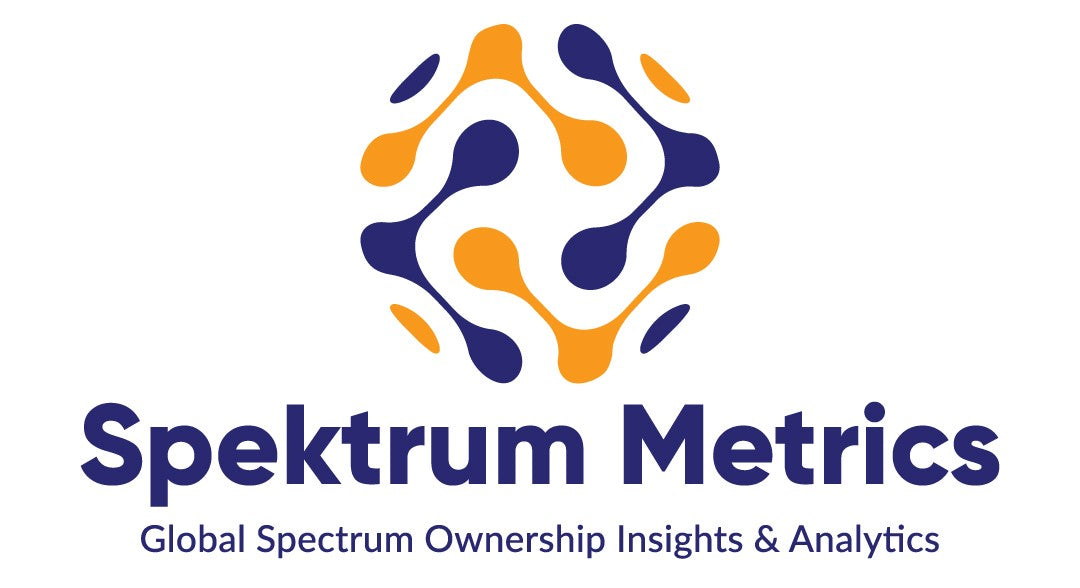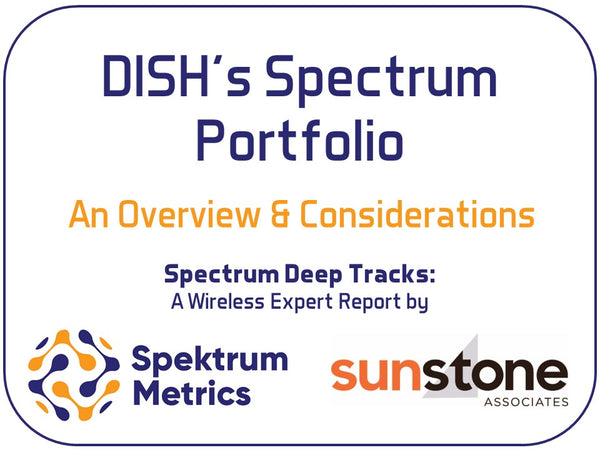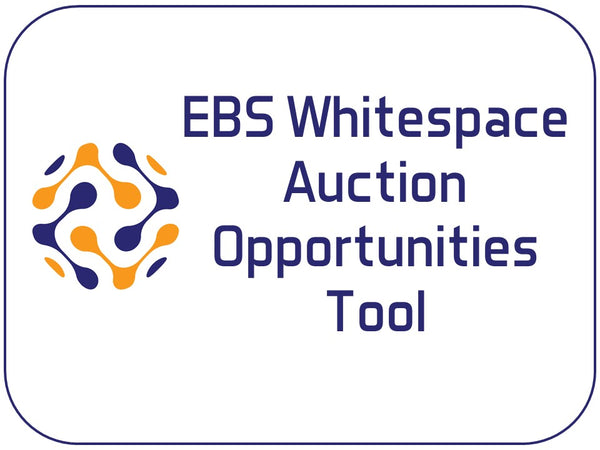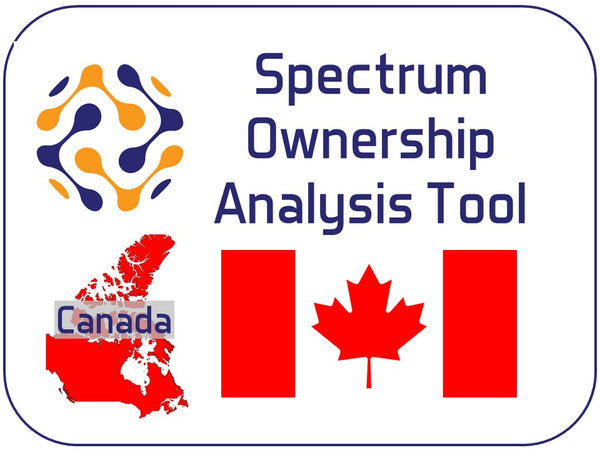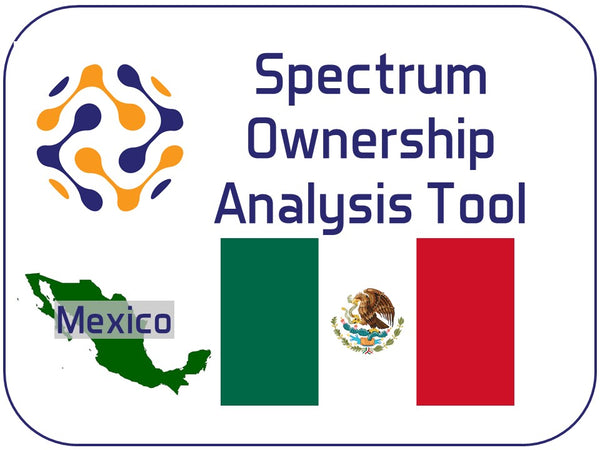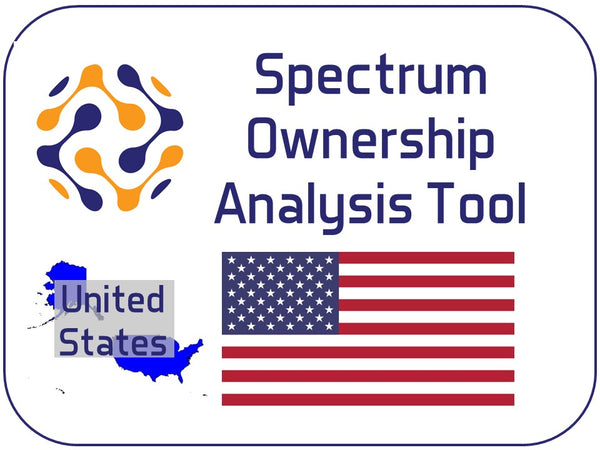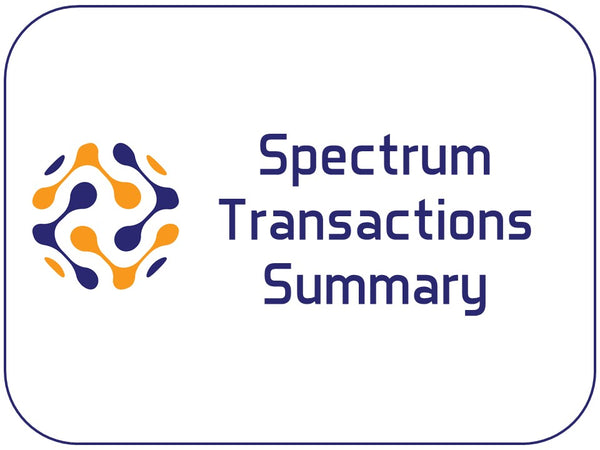How is Canada using the S-band (AWS-4) Spectrum? July 23, 2024 13:00
In the United States, Dish controls the S-band spectrum (2000-2020MHz and 2180-2200MHz). Originally the upper band was allocated as downlink spectrum and the low band was allocated as uplink spectrum using NR Band 23. Dish petitioned the FCC to allow downlink operations on both bands creating 40MHz of downlink spectrum. To enable this, Dish needed to provide a guard band between its lower band (2000-2020MHz) and the PCS G channel, which was accomplished with their purchase of the H block channel in Auction 96.
Because of the critical downlink bandwidth that this spectrum provides Dish in the United States, it is important to see what Dish's customer's will encounter with this band when visiting Canada.
The first thing to notice for the Canadian spectrum allocation is that the "PCS H" channel has not be allocated, but the S band spectrum is still allocated as paired spectrum using NR Band 23.

In Canada Terrestar is the licensed owner of the S band spectrum but they lease the spectrum in many Tier 4 service areas (similar to large counties) to three of the Canadian wireless carriers. With Telus and the Bell Mobility/Telus joint venture, they are only leasing the downlink portion of the spectrum. For Telus in some of the Alberta (AB) service areas below, this provides a 30MHz downlink channel in NR Band 66 and the Bell Mobility/Telus JV can utilize the same configuration in most of the Ontario (ON) services areas.







